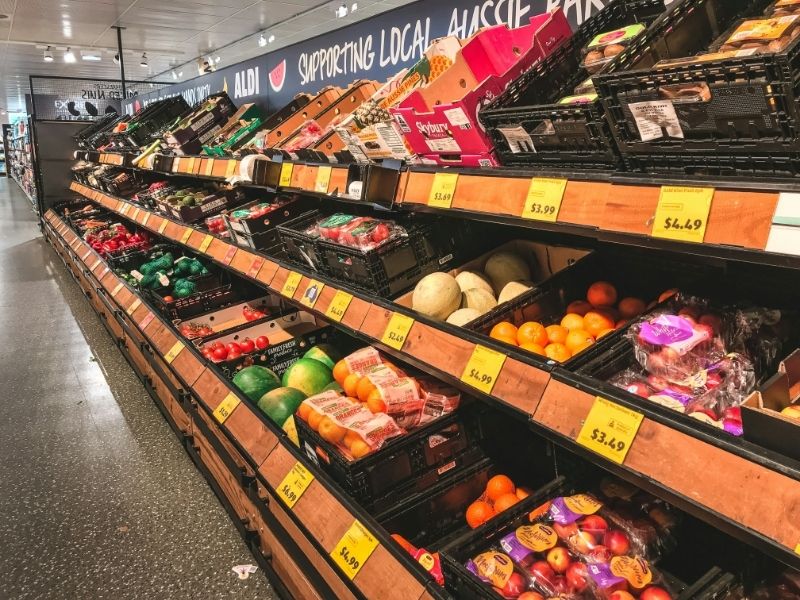Americans are cutting back on Big Macs, Disney vacations, and Starbucks coffee—but they’re still shopping at Walmart.
In its most recent quarter, Walmart’s operating income surged 8.5%, while U.S. sales at stores open for at least a year grew 4.2%. E-commerce sales in the U.S. jumped by an impressive 22%.
The company raised its sales and profit outlook for the year, expecting the growth to continue. Walmart (WMT) shares surged 7% in pre-market trading following the announcement.
Value-driven consumer behavior and Walmart’s advantage
Walmart, the largest retailer in the U.S., serves as a barometer for consumer sentiment. With inflation easing to its lowest point in three years, Americans are spending less on luxuries but are still searching for value, especially in essential goods like groceries and household items.
Customers are flocking to Walmart, believing they are getting more for their money. Meanwhile, many are avoiding pricey alternatives like $6 iced coffees at Starbucks or $15 Big Mac meals at McDonald’s.

Walmart is now in a great position as a result.
Customers are shopping at Walmart for groceries, household necessities, and other things because they believe they are receiving good value for their money, while mocking $6 iced coffee at Starbucks and $15 Big Mac meals at McDonald’s, among other items.
“Overall, we aren’t seeing a weaker customer”, said Doug McMillon, CEO of Walmart, on a conference call with analysts. “Value is what customers of all income levels seek, and we provide it.”
Strategic pricing and market share expansion
Groceries make up more than half of Walmart’s sales, with its price advantage playing a major role in its success. Analysts find Walmart’s prices are roughly 25% lower than traditional supermarkets.
Walmart has further lowered prices with temporary rollbacks on 7,200 items, even as other retailers like Target and Walgreens cut prices in an attempt to win back shoppers. Walmart, however, does not anticipate a deflationary environment, warning that while consumers want lower prices, deflation could harm the broader economy.
Once primarily a destination for low- and middle-income shoppers, Walmart has increasingly attracted households earning over $100,000 annually, steadily expanding its market share in higher-income demographics.
Broader retail trends and economic impacts
“People are shopping primarily at Amazon, Walmart, and Costco right now,” says DA Davidson analyst Michael Baker. “Walmart’s value focus positions it strongly in this market.”
Walmart’s immense scale allows it to keep prices low while generating profits from higher-margin ventures, like advertising. The company has also invested heavily in refurbishing stores and building a robust e-commerce platform to compete with Amazon.
“Today’s Walmart is different,” McMillon declared.
Walmart’s stock performance reflects that transformation. As of Thursday, its stock had risen 29% for the year, outpacing the S&P 500. In comparison, Home Depot (HD) is up just 3%, while Target (TGT) is down 5%.

Despite changes in consumer behavior, U.S. spending—the backbone of the economy—remains strong, but customers are becoming more selective in where and how they spend. July retail sales rose unexpectedly by 1%, according to the Commerce Department.
Home Depot executives noted on their earnings call that while consumers remain financially stable, they are spending less on big-ticket home improvement projects, leading to slower sales of lumber and construction equipment. Home Depot CEO Ted Decker attributed the drop to “higher interest rates and macro-economic uncertainty.”
Final thoughts
Walmart’s ability to adapt to changing consumer preferences has solidified its position in the retail landscape, attracting more shoppers from various income levels.
As Americans continue to search for value, Walmart remains a key player in both grocery sales and broader retail trends, outperforming many of its competitors.
(Tashia Bernardus)
